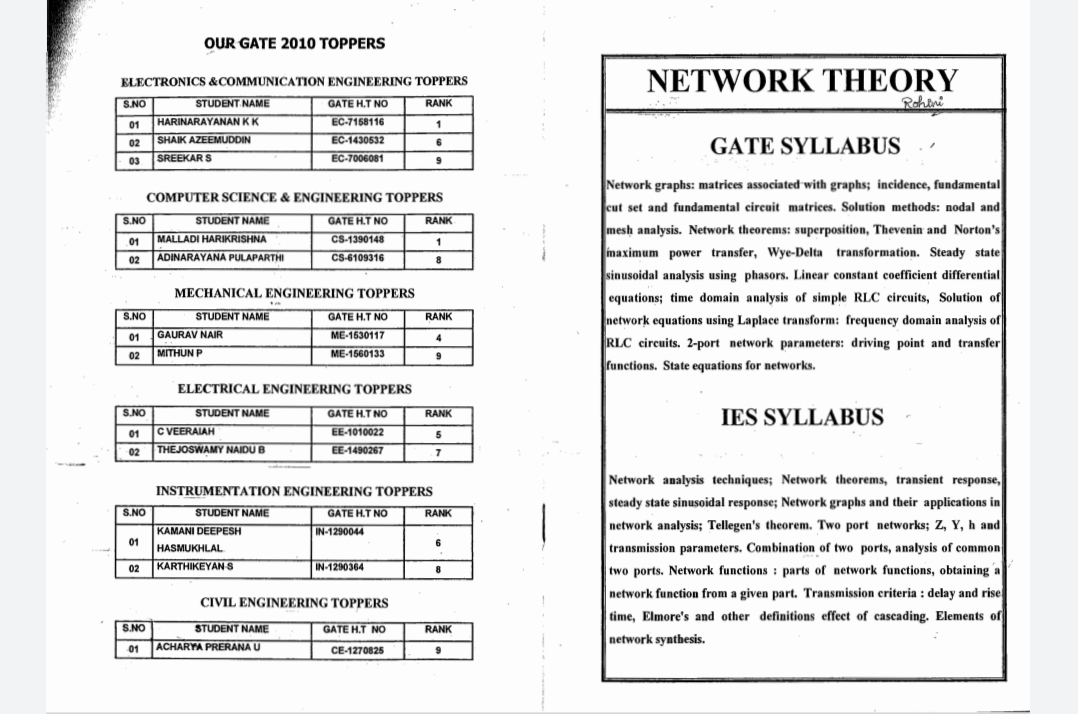ASCII
ASCII stands for American Standard Code for Information Interchange. The American Standards Association (ASA) introduced it in 1963.
Internal Storage Encoding of Characters
We know that a computer understands only binary language (0 and 1). Moreover, it is not able to directly understand or store any alphabets, other numbers, pictures, symbols, etc. Therefore, we use certain coding schemes so that it can understand each of them correctly. Besides, we call these codes alphanumeric codes.
Hence, it is a kind of coding scheme that represents specific pre-defined codes. It is not only used in computers but also in other devices such as telecommunication devices. Therefore, it communicates the alphanumeric code between the computer and the input/output devices. For example, when we type any text through the keyboard the computer stores it in form of this code, not in the text form. the other encoding characters are derived from this coding scheme only. We have two types of this code namely, standard and extended ASCII.
Types of ASCII Codes
We can broadly divide it into two categories as follows:
Standard ASCII
The standard form ranges from 0-127. Hence, it represents a total of 128 characters. Moreover, it uses 7 bits to represent each character with the first bit as 0. We can also call it ASCII-7. This again consists of two parts as follows:
- Non-Printable Characters: These are certain special characters that are not printed directly. Besides, they perform a certain type of function. For example delete, backspace, escape sequence, end of line, etc. They range from 0-32.
- Printable Characters: They consist of basic printable characters such as numbers, small alphabets, capital alphabets, special symbols, etc. Moreover, they range from 33 to 127. Furthermore, the code for numbers is between the range of 48-57, for small alphabets, it is between 97-122 and for capital alphabets, it is from 65-90. And the rest is the special symbols like !, @, #, $, %, ^, &, etc.

Extended ASCII
This is an extension of the standard form. Though the digits and letters can be easily represented by this code. But, it is not sufficient to represent some special characters or characters of some other language. Therefore, an extension of 128 characters was introduced. Hence, the total number of code now becomes 256. Moreover, these characters have their starting bit as 1 instead of 0. Moreover, it uses 7 bits to represent each character. Hence we can also call it ASCII-8.

Unicode
This coding scheme was introduced in 1991. Since the ASCII characters were not enough to represent all the characters there was a need for another coding standard. As, the old scheme was maybe sufficient for the English characters but, it was not able to represent other languages. Today, the Unicode covers more than 128,000 characters.
Moreover, it has different types according to the bits used for encoding such as UTF-8, UTF-16, UTF-32.
Difference Between Unicode and ASCII
The differences between them are as follows:
| Unicode Coding Scheme | ASCII Coding Scheme |
| It uses variable bit encoding according to the requirement. For example, UTF-8, UTF-16, UTF-32 | It uses 7-bit encoding. As of now, the extended form uses 8-bit encoding. |
| It is a standard form. | It is not a standard all over the world. |
| People use this scheme all over the world. | It has only limited characters hence, it cannot be used all over the world. |
| The Unicode characters themselves involve all the characters of the ASCII encoding. Therefore we can say that it is a superset for it. | It has its equivalent coding characters in the Unicode. |
| It has more than 128,000 characters. | In contrast, it has only 256 characters. |
Frequently Asked Questions (FAQs)
Q1. What is ASCII?
a) Coding language
b) Communication language
c) Coding Scheme
A1. c) Coding Scheme
Q2. Give full form of ASCII.
A2. ASCII stands for American Standard Code for Information Interchange.
Q3. Give the types of ASCII code.
A3. The coming scheme divides into two parts as follows:
- Standard ASCII: Ranging from 0 to 127.
- Extended ASCII: Ranging from 128-255.
Q4. What is the main difference between Unicode and ASCII coding?
A4. The main difference between the two coding schemes is that Unicode has over 128000 characters whereas, the other scheme contains only 256 characters. Therefore, Unicode nearly covers all the languages’ characters hence, people use it worldwide.
Read More
- Office Tools and Functions of Office Tools
- What are Domain Specific Tools and Examples of Domain Specific Tools
- ASCII Definition, Use, Types, Unicode
- What is Open Source Software, Examples and Advantages
- What is Shareware, Types of Shareware, Advantages and Disadvantages of Shareware
- What is Freeware, Examples, Advantages and Disadvantages
- What is Proprietary Software, Examples, Advantages and Disadvantages
- What is Secondary Memory, Characteristics and Types of Secondary Memory


